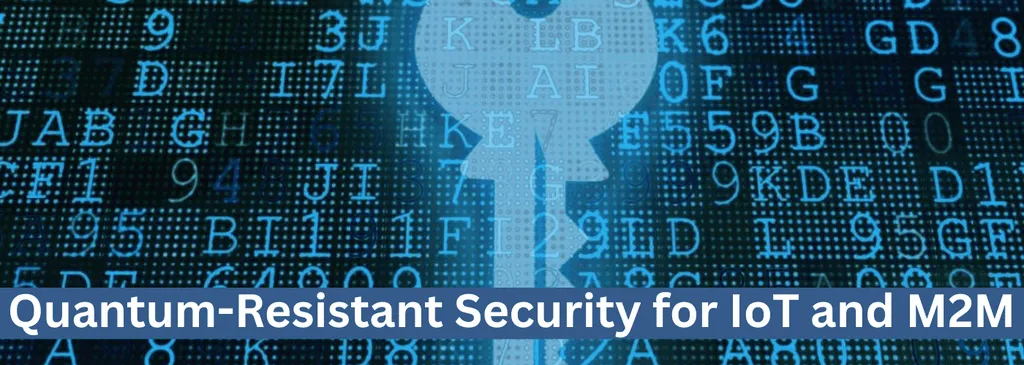Researchers from the Universitat Politècnica de València, led by Sergio Benlloch-Lopez, Miquel Viel-Vazquez, Javier Naranjo-Alcazar, Jordi Grau-Haro, and Pedro Zuccarello, have developed a robust security framework designed to enhance the protection of Internet of Things (IoT) devices equipped with audio classification capabilities. These devices, which are increasingly prevalent in both civilian and defence applications, handle highly sensitive audio data while operating under significant resource constraints. The researchers’ work aims to address the unique security challenges posed by these devices, ensuring that they remain resilient against a wide range of cyber threats.
The team’s defence-in-depth architecture treats the edge device, cellular network, and cloud backend as three distinct trust domains. This segmentation is crucial for limiting the potential impact of a security breach. To facilitate secure communication and verification between these domains, the researchers employ Trusted Platform Module (TPM)-based remote attestation and mutually authenticated Transport Layer Security (TLS) 1.3. This ensures that only trusted devices can participate in the network, and any tampering or unauthorized access can be swiftly detected and mitigated.
A key aspect of the research involves a STRIDE-driven threat model and attack-tree analysis, which guide the design of the security protocol. STRIDE, which stands for Spoofing, Tampering, Repudiation, Information Disclosure, Denial of Service, and Elevation of Privilege, is a method for identifying potential security threats. By using this model, the researchers can proactively address a wide range of attack vectors. At startup, each boot stage of the IoT device is measured into TPM Platform Configuration Registers (PCRs). The device can only decrypt its Linux Unified Key Setup (LUKS)-sealed partitions after the cloud has verified a TPM quote and released a one-time unlock key. This ensures that any rogue or tampered devices remain inert, preventing unauthorized access to sensitive data.
Data in transit is protected by TLS 1.3, which provides strong encryption and authentication. To enhance post-quantum resilience, the researchers have hybridized TLS with Kyber and Dilithium, which are post-quantum cryptographic algorithms. This ensures that the data remains secure even against the threat of quantum computing attacks. End-to-end encryption and integrity hashes safeguard extracted audio features, ensuring that the data remains intact and confidential throughout its lifecycle. Additionally, signed, rollback-protected AI models and tamper-responsive sensors harden the firmware and hardware, providing an additional layer of security.
Data at rest is protected using a 3-2-1 strategy, which involves maintaining three copies of data on two different media types, with one copy stored off-site. This strategy includes a solid-state drive sealed with LUKS, an offline cold archive encrypted with a hybrid post-quantum cipher, and an encrypted cloud replica. This ensures that data remains secure and available even in the event of a physical or cyber attack.
The researchers also outline a plan for evaluating the physical and logical security of the proposed protocol. This includes rigorous testing and validation to ensure that the framework meets the highest security standards. The practical applications of this research are significant, particularly in the defence and security sector. IoT devices equipped with audio classification capabilities are increasingly used for surveillance, monitoring, and communication. Ensuring the security of these devices is crucial for protecting sensitive information and maintaining operational integrity.
In conclusion, the work of Benlloch-Lopez and his team represents a significant advancement in the field of IoT security. Their defence-in-depth architecture provides a robust framework for protecting audio classification devices, ensuring that they remain resilient against a wide range of cyber threats. The practical applications of this research are vast, particularly in the defence and security sector, where the protection of sensitive data is paramount.
This article is based on research available at arXiv.

